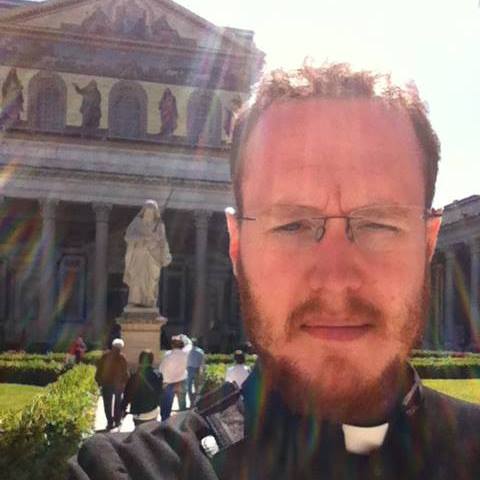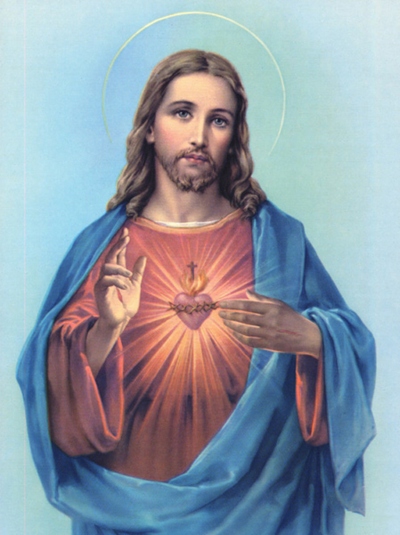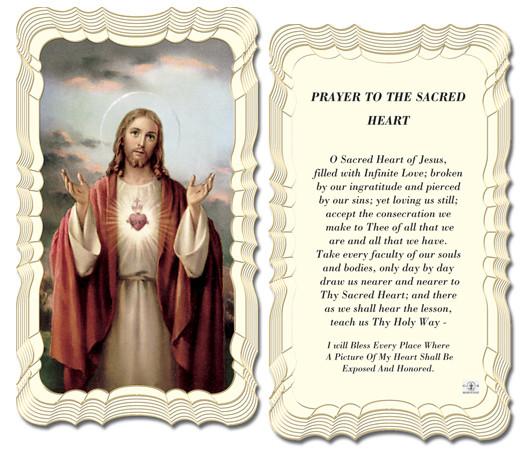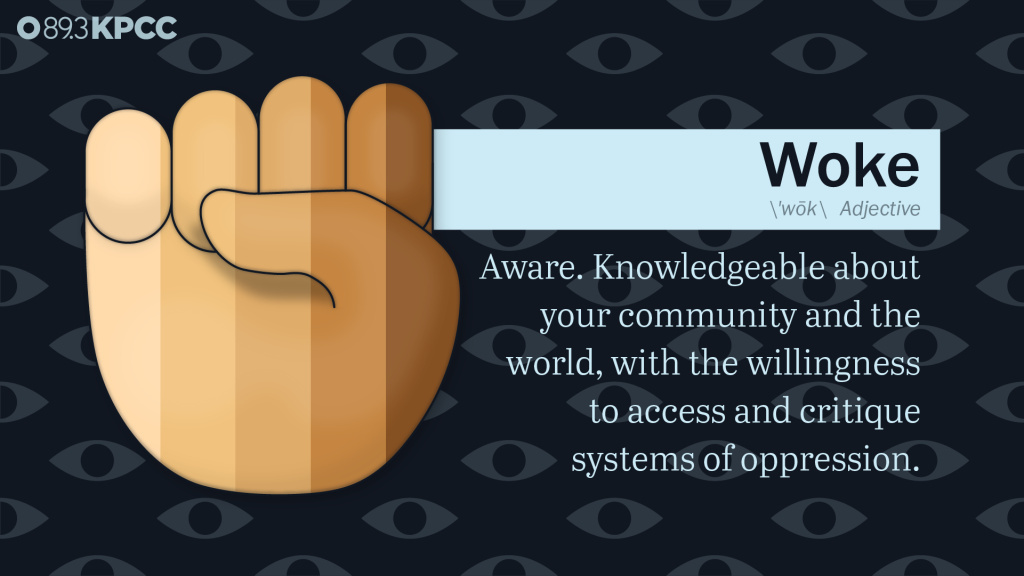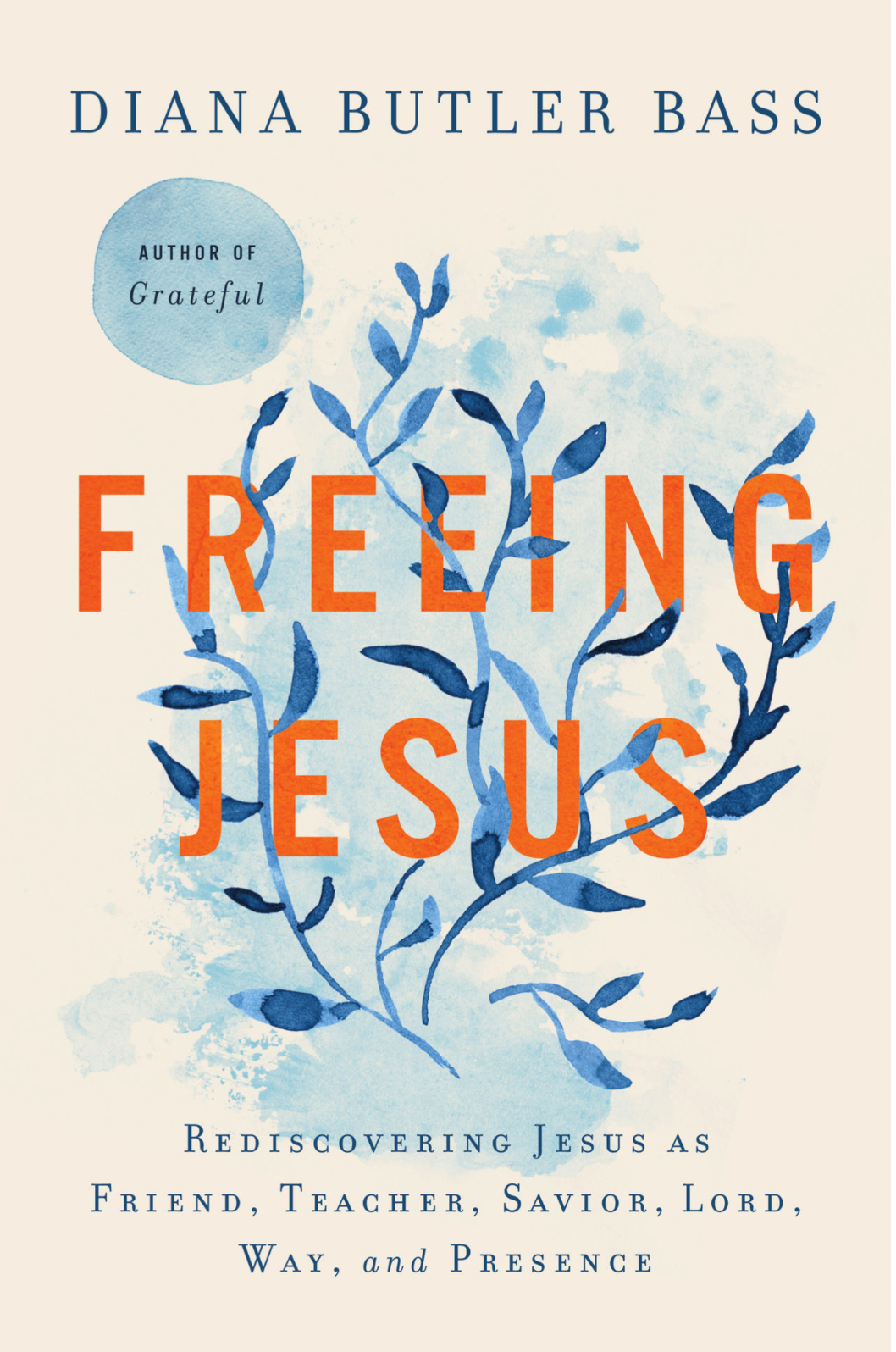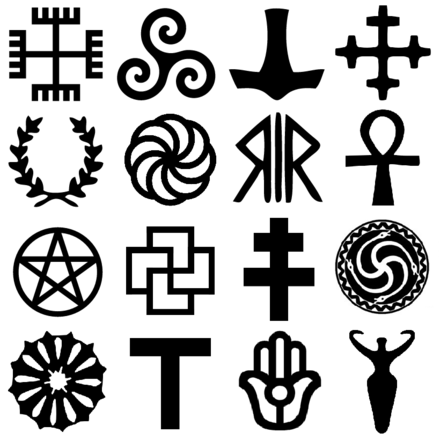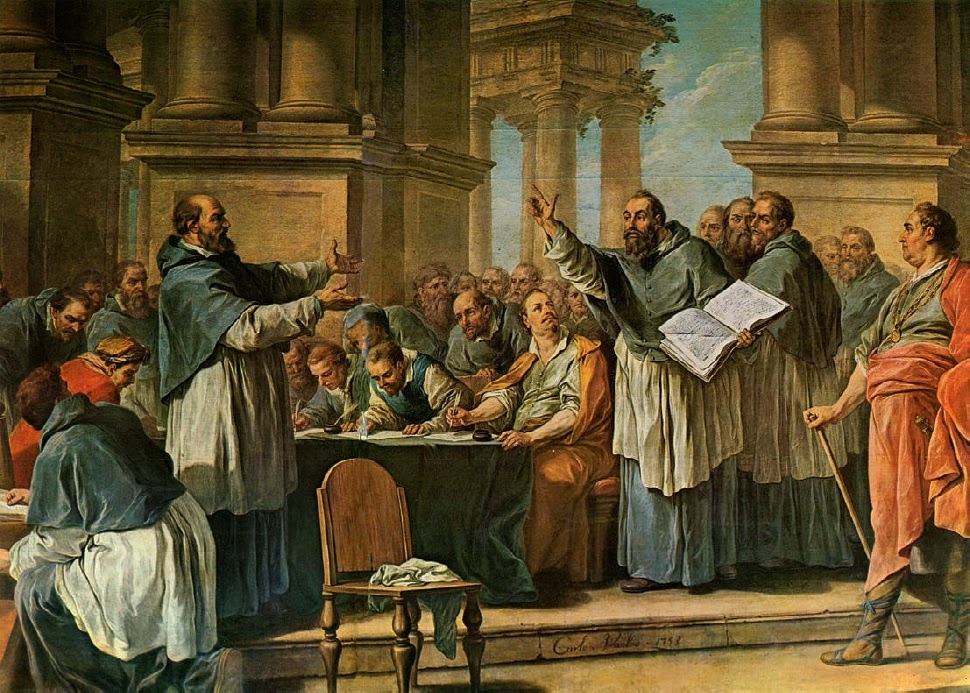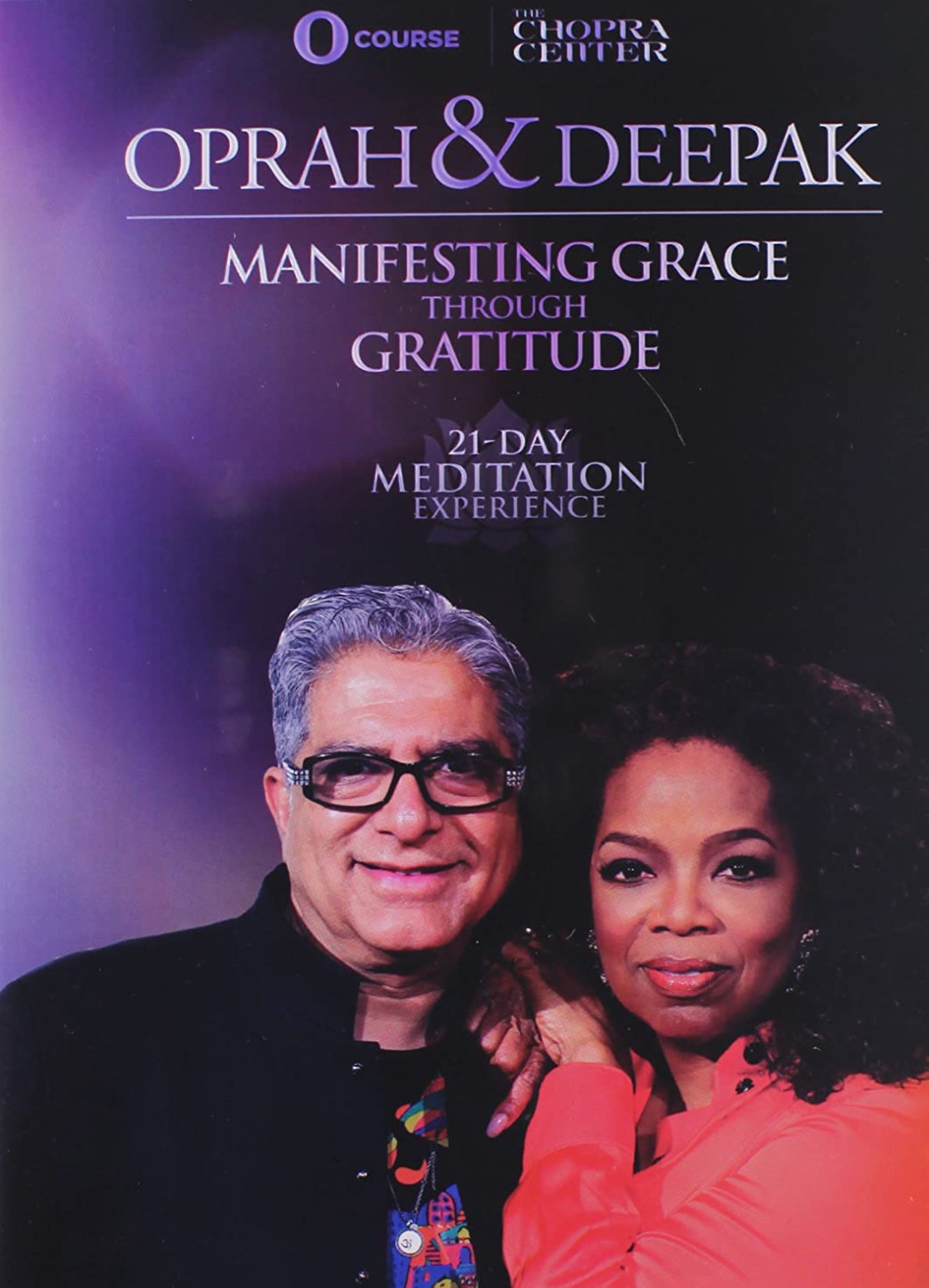
-please click on the image for greater detail
(I went to Anglican pre-school. No harm. No foul. This was 1970, though.)
-by Michael E. Daniel, a convert from Anglicanism, is schoolmaster at an independent school in Melbourne, Australia, where he lives with his wife, Helen, and baby daughter, Lydia.
“I was born in the late 1960s and raised in the Anglican (Episcopalian) Church, being a member of the Sunday school and later the Church choir. Soon after I joined the choir I developed an interest in both Christianity and history. In addition to Bible story books, we had some old British history readers at home, and I devoured these. My favorite period of history was that of the Tudor monarchs, and this brought me into touch with the Reformation. These histories presented the standard Protestant apologetic, anti-Catholic line, and for the first time I became aware of the differences between Catholics and Protestants.
My preparation for confirmation at age eleven was the first systematic catechesis Christian doctrine and ethics I received. Two of the lessons stand out in my mind. The first was on the “one, holy, Catholic, and apostolic Church.” The Anglican church, it was explained, was a branch of the Catholic Church, since it accepted the three creeds (Apostles’, Nicene, and Athanasian), had the two sacraments (baptism and Eucharist), and retained the threefold order of ministry—bishops, priests, and deacons.
The other lesson was on the Eucharist, which we studied as we went through the Anglican catechism in the Book of Common Prayer. The vicar told us that although the elements still remained bread and wine, the faithful received Christ spiritually and grew in relationship with him. Transubstantiation was denied. I accepted this, but I remember feeling not entirely comfortable with it. Did not Christ say, “This is my body …This is my blood”? The explanation that this was symbolic language was not convincing.
Secondary education at an Anglican grammar school meant taking a course called Divinity. Here I first encountered theological liberalism. One of the masters, for example, questioned the Virgin Birth, suggesting Christ was probably the son of a Roman soldier. The liberal masters probably felt they were making Christianity reasonable to the modern mind, saving it from fundamentalism. Instead, it had the opposite effect: My classmates seemed to become even more contemptuous of Christian beliefs.
The religion preached by the school chaplain, an evangelical Anglican clergyman, was more traditional. His preaching and lessons included standard anti-Catholic rhetoric. So convinced was I that Rome was wrong that I remember being impressed with his concept of the “unity of Protestantism”: although there were many Protestant churches, the differences between them were slight; they were right on the essentials, namely, “the Bible alone” and “justification by faith alone.”
This instruction complemented what I was encountering in my evangelical Anglican youth group. The leaders reinforced my belief in “the Bible alone” as the rule of faith, for without this rule, Christians could invent any beliefs as the Catholics had done. They also emphasized “faith alone,” but, as I studied Scripture, that concept never gelled completely, since passages from James didn’t fit the matrix.
Sometime when I was in form five, a school friend who had become interested in Anglo-Catholicism took me to high mass at a leading Anglo-Catholic church. Anglo-Catholics are those members of the Anglican/Episcopalian church whose devotional life and beliefs are similar in many respects to Catholics. For example, they celebrate the Eucharist as if it were the Mass, with vestments, incense, and elevation of the host; they have devotions to Mary, benediction, confession et cetera. I was awestruck by the beauty, reverence, and transcendence of the liturgy.
Around the same time a new leader joined the youth group who was particularly anti-Catholic. He claimed Catholics were not even Christian and had to be rescued from Catholicism. Ironically, my Anglican father had chosen a practicing Catholic as my godfather. He had a good understanding of the Catholic faith and was able to answer my questions. I assumed Catholics were wrong, but all I knew about them was what Protestants had told me and what I had read in Protestant literature. Why not allow Catholics to speak for themselves? Their literature should not be too hard to disprove. What a shock I was in for.
Sneaking into a Catholic church, hoping I would not be seen, I purchased a few inexpensive pamphlets that were eye-openers. Catholics could actually present reasoned and intelligent arguments to defend their beliefs, and their arguments based on Scripture were just as compelling, if not more so, than Protestantism. I went back, got more pamphlets, and read them eagerly. Many of the ideas I encountered I discussed with my godfather, and his explanations underscored how logical and reasonable Catholic teaching seemed to be.
I gradually came to accept on an intellectual level most of the Church’s teachings, since they could be proven by Scripture. I was impressed by historical arguments, particularly by analyses of the writings of Church Fathers that supported Catholic teaching (to the detriment of Protestant interpretations). I realized that Catholics, contrary to what some Protestant literature stated, did not believe they could work their way to heaven or earn their salvation. This heresy, called Pelagianism, was condemned by Augustine and the Council of Trent. Both Catholics and Protestants believe that we are saved by grace alone; the differences were primarily in the relationship between faith and works (actions).
Justification by faith alone did not stand up to a comprehensive analysis of Scripture. It had been taught by no one before Luther, who added the word alone to Romans 1: 17, which should read, “The just shall live by faith.” Indeed, as has been pointed out in this magazine many times, the only time the phrase “by faith alone” appears in the Bible, it opposes the Protestant doctrine: “You see that a man is justified by works and not by faith alone” (James 2:24, emphasis added).
The other important difference was that Catholics believe that grace is imparted rather than imputed-that is, the sinner is made righteous rather than merely being declared righteous. For Luther, man always remains sinful; when he was saved, Christ, as it were, covered the sinner with his cloak to make him appear righteous. Not only is the Catholic vision of salvation more merciful, it also explains the underpinning for beliefs such as purgatory, since most people die with imperfections on their soul that need to be purged before they stand before God, since nothing unclean or defiled can stand before the throne of God.
One text that kept coming back to me was Christ’s promise that the Holy Spirit would lead his disciples into all truth (cf. John 14:26). I wanted to find Christian truth, but where was it to be found? At the Last Supper, Christ prayed to the Father that his disciples should be one. Protestantism, through its insistence on the Bible alone as the rule of faith and private interpretation, in the belief that scriptural truths are self-obvious, had resulted in disunity. How could one logically talk about the unity of Protestantism when there are myriads of denominations, each of which claims it has the correct interpretation of the Bible?
Some Protestants attempt to argue that the Church, the Body of Christ, is an invisible entity, congregations being mere gatherings of like-minded believers. However, behind the New Testament writings was the presumption that the Church was a visible structure that had the power to teach. The visible nature of the Church and necessity of membership became increasingly clearer as I read early Christian writings.
As I accepted Catholic teachings, my devotional life changed. I began to receive Communion on the tongue (to the horror of the school chaplain) and go to confession. The impact of the rosary on my faith development cannot be underestimated. The hardest doctrines to accept were the Marian ones. I did not pray the glorious mysteries of the Assumption and the Coronation until I reflected on Revelation 12:1: “And a great portent appeared in heaven, a woman clothed with the sun, with the moon under her feet, and on her head a crown of twelve stars.” If Mary is in heaven, I reasoned, then how did she get there unless she was assumed? Similarly, what woman other than a queen wears a crown?
As an Anglo-Catholic, I believed in the “branch theory,” which holds that the Catholic Church comprises three main branches: Rome, Canterbury, and Byzantium. The issue of women’s ordination, which the Anglican church was confronting, was a catalyst for me to re-examine the Anglican church’s claims. It was a departure from the constant practice of Christendom. Christ, at the Last Supper, had ordained only men.
Anglicans are by no means united on this issue. Although the Episcopal church prides itself on being inclusive, embracing a range of opinions and views, this impacts its unity severely. The situation could emerge in which one Anglican diocese had women priests when a neighboring one refused to recognize the validity of the orders of women priests. Furthermore, by ordaining women without the permission and agreement of the other two branches of the “Catholic Church,” the Anglican church was undermining its claim to be a branch of the one, holy, Catholic, and apostolic Church.
At the end of secondary education I joined an Anglo-Catholic parish. Inspired by my love of history and interest in the ancient world, I enrolled in Latin and ancient history at university. In my second year, I studied late Roman history and this, together with other private reading, raised the historical faith issues, particularly through my encounter with the Church Fathers.
On virtually every issue they confirmed the Catholic beliefs that I held as an Anglo-Catholic, particularly regarding the Eucharist, the Mass, purgatory, the intercession of saints, et cetera. For example, when writing to the Smyrneans, Ignatius of Antioch stated that Docetists, a group of heretics who denied the Incarnation, refused to receive the Eucharist because they failed to recognize it as the body of Christ. The formal definition of transubstantiation, a definition rejected by the Anglican Church, was reflected in Ignatius’s teaching. So who was right: Ignatius-a younger contemporary of the apostles who wrote well before the formulation of the canon of Scripture-or the Anglican Church?
As an Anglo-Catholic I held beliefs that were a contradiction to those of my Evangelical past and the contents of the Book of Common Prayer and the Thirty-Nine Articles, which, together with the three creeds, are the doctrinal standards of Anglicanism. For example, Article XXXI states, “Wherefore the sacrifices of Masses, in which it was commonly said that the priest did offer Christ for the quick and the dead, to have remission of pain or guilt, were blasphemous fables and dangerous deceits.” Or Article XXII: “The Romish doctrine concerning Purgatory, Pardon, Worshiping and Adoration, as well of Images as of Reliques, and also the invocation of Saints, is a fond thing vainly invented, and grounded upon no warranty of Scripture, but rather repugnant to the Word of God.” Article XXVIII forbids elevation of the elements at the consecration, procession, and benediction with the Blessed Sacrament-standard practices in my Anglo-Catholic parish!
At some stage while still an Anglican I had ditched sola scriptura or “the Bible alone” theory, since nowhere in the Bible does it state that the Bible is the only rule of faith. Similarly, the Bible grew out of the Church, whose members wrote the books of the New Testament and who compiled it. The canon of the New Testament started to take shape only in the second half of the second century and reached its final form at the end of the fourth. By this stage the Church clearly taught Catholic doctrines on a range of issues, such as the Real Presence, purgatory, and the Mass as a sacrifice. I f the Church was wrong on these issues, what guarantee was there that it had not erred in the formulation of the canon of Scripture?
My study of history and in discussions with legal student friends highlighted the necessity for any legal text to have an interpreter. St Peter’s second epistle itself contained warnings about misinterpreting Scripture and difficulties with interpreting some of Paul’s sayings. (cf. 2 Peter 3:15-16). Who was to be Scripture’s interpreter? Private judgement had produced a plethora of Protestant sects, and the Anglican Church could not arrive at a consistent position on issues such as women’s ordination.
But what powers did various churches have to settle doctrinal disputes that threatened their stability? How were Christ’s promises to be with his Church through all ages to be fulfilled? The Protestant churches simply splintered. By contrast, with Church councils and particularly with papal infallibility, the Catholic Church contained what could be called an emergency executive power. Reading early Church history, it became more and more apparent that the bishop of Rome enjoyed a special status. Irenaeus, writing at the end of the second century stated of the see of Rome, “For it is a matter of necessity that every church should agree with this church, on account of its preeminent authority.”
I read further only to realize that the concept of development of doctrine was consistent with the definition of the hypostatic union (the belief that Christ is one person with two natures, a human nature and a divine nature) at the Council of Chalcedon, which employed Greek philosophical ideas to underpin the definition. If Anglicans accepted development of doctrine up to A.D. 451 and the first four Church Councils, why not accept further development of doctrine and more Church councils? How would one expect the Church settle further doctrinal disputes?
Furthermore, in reading about Chalcedon, my attention was drawn to the role of Leo I at this council. In his famous Tome of Leo in 449 AD he stated correct belief concerning the person of Christ and his two natures. The Council fathers voted to accept the definition he offered with the accolade, “Peter has spoken through Leo.” The realization then dawned on me: If the Church accepted the leadership and role of the pope and accepted that Peter’s office and prerogatives were passed down to his successors, and if the Anglican church and other Protestant bodies accept the first four Councils, then why do they not accept the papacy?
After years of study, prayer, and reading I came to know, without any doubt, that the Catholic Church was the church founded by Christ. It alone could claim continuity with the upper room at Pentecost. I sought out a priest for instruction and three months later was received into the Church.”
Love & truth,
Matthew


